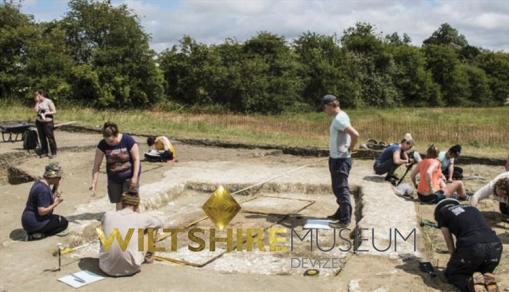 Seventeenth century depiction of Stonehenge from the Atlas van Loon
Seventeenth century depiction of Stonehenge from the Atlas van Loon
Stonehenge remains one of the world’s enduring mysteries. Who carved these enormous stones, moved them hundreds of miles, and erected them upon Salisbury plain–and why?
Archaeologists estimate that the first major construction began at Stonehenge around 3,100 BC, when workers dug a large, circular ditch around the site and piled up the resulting dirt in a round bank. But the interesting part of this phase of construction is the third circle inside the first two, consisting of 56 graves, atop which bluestones may have once stood. The bones of deer and oxen were also placed in the surrounding ditch.
Were these sacrifices, or was Stonehenge originally just a cemetery, perhaps for the community’s most important members?
The second stage in Stonehenge’s development, from about 3,000 BC to 2,600 BC, involved the building of wooden structures and further burials. Interestingly, Neolithic
View original post 2,783 more words

 Well, the bad news is you put Sarsen A where Lintel B should go. The good news is that it should only take about 200 man-hours to fix it!
Well, the bad news is you put Sarsen A where Lintel B should go. The good news is that it should only take about 200 man-hours to fix it! 

